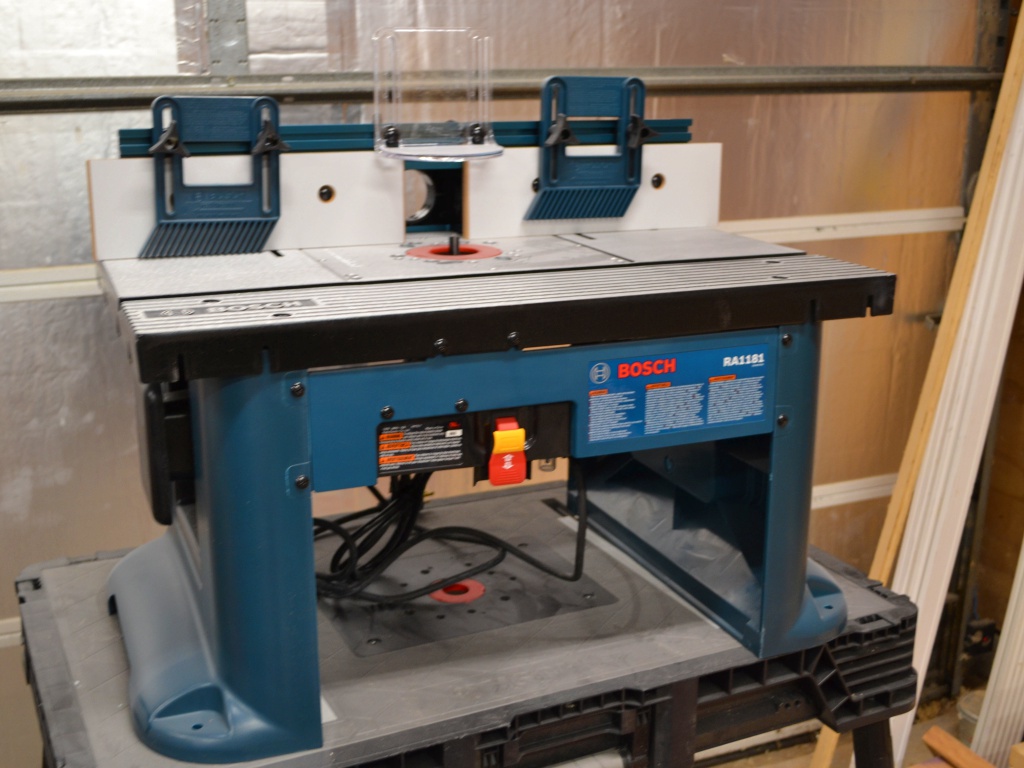

The control-plane logic then strips non-essential directives from the table and builds a forwarding information base (FIB) to be used by the forwarding plane. Static and dynamic routes are stored in the routing table. It does this using internal pre-configured directives, called static routes, or by learning routes dynamically using a routing protocol. Control plane: A router maintains a routing table that lists which route should be used to forward a data packet, and through which physical interface connection.
#Router table tool software#
The software that runs the router is composed of two functional processing units that operate simultaneously, called planes: Each router builds up a routing table, a list of routes, between two computer systems on the interconnected networks. When multiple routers are used in interconnected networks, the routers can exchange information about destination addresses using a routing protocol. 2.4 Internet connectivity and internal use.More sophisticated routers, such as enterprise routers, connect large business or ISP networks up to the powerful core routers that forward data at high speed along the optical fiber lines of the Internet backbone. The most familiar type of IP routers are home and small office routers that simply forward IP packets between the home computers and the Internet. Then, using information in its routing table or routing policy, it directs the packet to the next network on its journey. When a data packet comes in on one of the lines, the router reads the network address information in the packet header to determine the ultimate destination. Ī router is connected to two or more data lines from different IP networks. the Internet) until it reaches its destination node. A packet is typically forwarded from one router to another router through the networks that constitute an internetwork (e.g. Data sent through the internet, such as a web page or email, is in the form of data packets. Routers perform the traffic directing functions on the Internet. A router is a networking device that forwards data packets between computer networks.


 0 kommentar(er)
0 kommentar(er)
